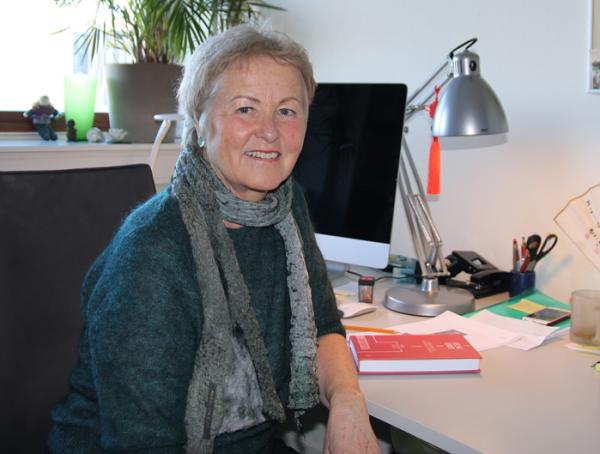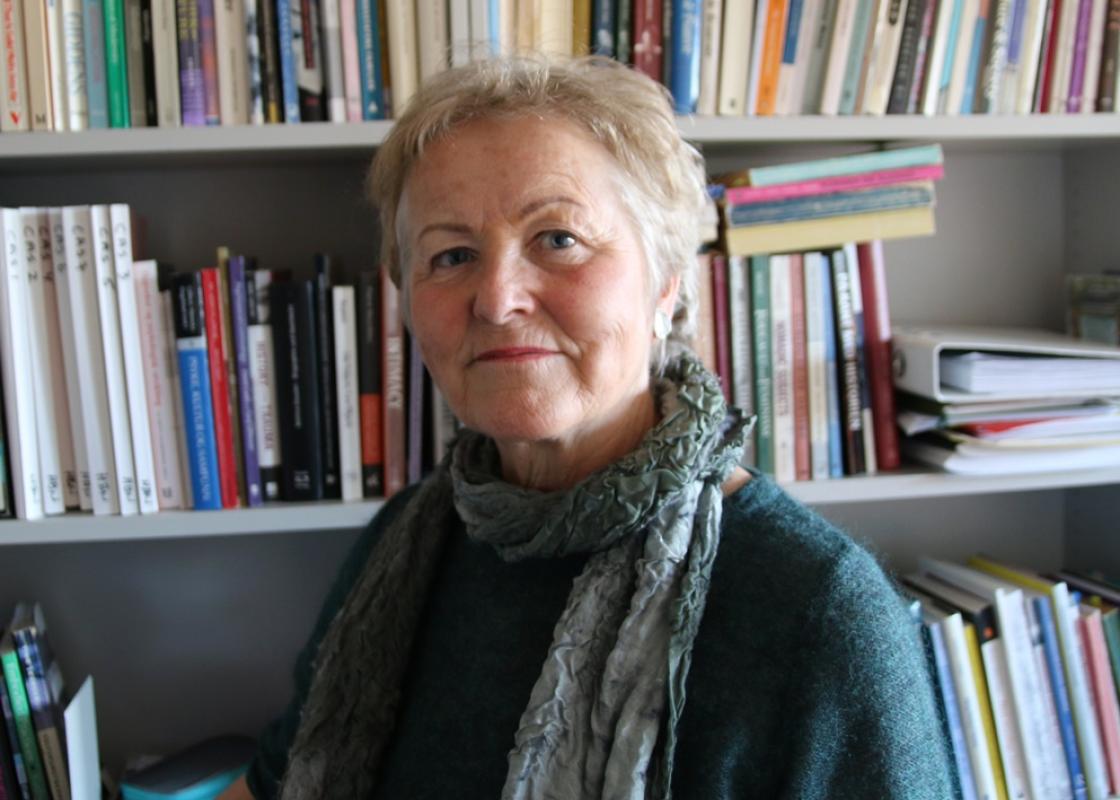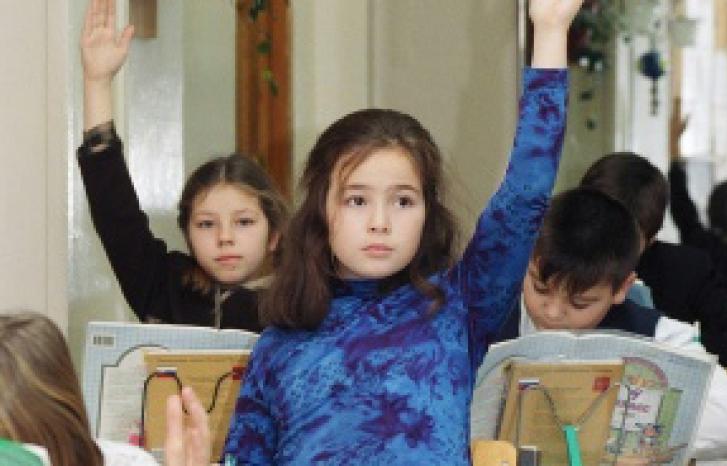“Our perceptions of gender are formed at the intersection between our past experiences and the time in which we live,” says Harriet Bjerrum Nielsen.
In collaboration with Monica Rudberg and Kari Vik Kleven, she has interviewed three generations Norwegian, white, heterosexual women and men over a period of twenty years. She has now collected this extensive material in the book Feeling Gender. A Generational and Psychosocial Approach.
According to Bjerrum Nielsen, gender is both a cultural, psychological, and historical phenomenon. Feelings related to gender play an important part in relation to how we think about gender and what are considered the right and natural ways to perform gender.
Gender emotionally significant
“I think the emotional aspect of gender is underestimated in research. You may have a political conviction concerning gender equality that doesn’t correspond with the emotional perception of your own and others’ gender.”
According to Bjerrum Nielsen, the emotional significance of gender within different generations has affected men and women’s decisions as young adults on issues such as family matters.
A gender equal work distribution does not mean that gender cannot otherwise be demonstrated sexually and aesthetically.
The oldest generation interviewed in the book is born between 1899 and 1927, whereas the second generation is born between 1919 and 1953. In the youngest group, everyone is born in 1972–71. In addition to demonstrating a historical development in the relation between the genders, the book describes a development from family life at a farm or a smallholding in the early 1900’s to a nuclear family life in the city.
“In Norway the social mobility in modern society concurred with migration to the cities. I wish to demonstrate how emotions related to gender change, and how this is connected to social change over time,” says Bjerrum Nielsen.
The emotional perceptions of what gender means are shaped by the family you grow up in, by how work is distributed between the parents, and by the image you get of your parents as persons through these experiences. They are also affected by how you experience your own body and sexuality during the teenage years.
First generation (born 1899–1927)
“Most of the people belonging to the oldest generation grew up in a smallholder family or a working class family under poor circumstances. Both mother and father worked hard during most parts of the day. Both sons and daughters had to help out with the daily labour, but the work distribution was highly gendered,” says Bjerrum Nielsen.
“The men felt that their mothers were worn out from hard physical work and they dreamt about a different life for their own wives. That's why they saw it as a positive thing when the increased standard of living made it possible for the women to be homemakers. For these men, who set up their families in the forties and fifties, their feelings of gender was in line with the opportunities of their time. This was not the case for most of the women in the same generation.”
The interviews show that women from the oldest generation experienced the work distribution between the genders differently and not as positive as the men did. They longed for a bigger world that wasn’t accessible for women at that time.
“The women had more ambivalent feelings related to their parents’ work distribution than the men. They idealised their fathers, but did not perceive their mothers as weak. The men admired their own mother and idealised the woman as wife and mother, whereas the women perceived their own situation as more limited,” says Bjerrum Nielsen.
“As grown-ups, women in this generation found themselves in a situation they had not wished for: as homemakers. At the same time they felt that they had no other choice. ‘This is how it was’, they say.”
Thus, while the men in the oldest generation experienced that their feelings related to gender concurred with the family politics of the post-war era, the women were more ambivalent. According to Bjerrum Nielsen, this asymmetry between the genders had consequences for the following generation. Here, women tended to question their mothers’ lives and wanted to combine work and care.
Second generation (born 1919–53)
“The women in the second generation focused on leading a different life than their mothers had. They perceived their own mothers as confined and frustrated, and looked to their fathers as role models. Unlike their mothers, they wanted to realise themselves outside the home.”
In this generation, the men’s emotional gender is more ambivalent to the time in which they lived.
“The men in this generation had a close relationship to their mothers and wanted to be a different father figure than their own father. At the same time, they were more focused on stressing the gender difference than the women. Women in this generation were much more negative to their own mothers. They identify with their fathers, but they do not think that this makes them masculine. They consider themselves modern women and think that gender shouldn’t be an issue,” says Bjerrum Nielsen.
“They were afraid that women, and eventually also themselves, would become desexualised.”
“The men wanted to be different and more caring than their fathers, but at the same time they were afraid of being feminised by taking on some of the taks they had perceived as belonging to the women in their childhood.”
The women in this generation were not afraid of breaking with the traditional caring role. The work distribution between men and women in this second generation was in principle gender neutral. Both parts wanted a more equal distribution between the provider role and the caring role. Still, the men were more committed to gender equality in theory than in practice.
“This resulted in many battles between the genders, both in private and publicly. In addition, the men were worried that gender equality meant that women would become like men,” says Bjerrum Nielsen.
She thinks that the strong antipathy that many men in this generation feel towards feminists is related to sexuality and the body.
“They were afraid that women, and eventually also themselves, would become desexualised.”
See also: The man's full time job is not up for discussion

Third generation (born 1971–72)
Despite the clash of interests and the battles between the women and the men in the second generation, the idea of a family life has positive associations for the youngest generation in the study.
“They grew up with working mothers and fathers and therefore had to help out with the housework to a larger extent than their parents’ generation who grew up with stay-at-home mothers,” says Bjerrum Nielsen.
“And although they experienced divorce and arguing between their parents, they regarded them as fallible and vulnerable human beings with unfulfilled dreams and broken marriages. They experienced themselves on more equal terms with their parents than the previous generation.”
In this generation, gender is more in flux for both women and men. They feel safe within their own gender identity and can thus allow themselves to juxtapose things in untraditional ways. A gender equal work distribution does not mean that gender cannot otherwise be demonstrated sexually and aesthetically. This is not perceived of as contradictory because the gender demarcation is in flux and situational.
New generation, new questions
The background for the study started with the youngest generation. Harriet Bjerrum Nielsen, Kari Kleven and Monica Rudberg initiated a research project in 1991. They interviewed a selection of boys and girls from two high schools in Oslo: Thirty-two girls and twenty-five boys. Then they interviewed the boys’ fathers and grandfathers and the girls’ mothers and grandmothers.
“A longitudinal study over several years like this has its benefits, but also some disadvantages. For instance, some issues that didn’t seem relevant at the time when we initiated the project in 1991 have come up later, and this may now seem like weaknesses in the study. We have for instance presumed that all the participants are heterosexual, and we haven’t included anyone with immigrant background.”
The absence of participants with immigrant background may be explained by the fact that in 1991, only very few within the school classes from which the participants have been selected did not have Norwegian born parents.
“The men experienced that their mothers were worn out from hard physical work and they dreamt about a different life for their own wives.”
“On the other hand, we wanted to study precisely how the perceptions of gender had developed in Norway over time, so interviewing people whose parents and grandparents had grown up in Vietnam or Palestine wasn’t relevant. It would have been different if I were to initiate the same survey today, now that Norway has become a much more multicultural society.”
“Although all the participants in the study lived in heterosexual relationships with children, eventually even the youngest generation, I would have asked more open questions concerning sexual orientation if I were to do the interviews today,” says Bjerrum Nielsen.
Social mobility and urbanisation
The youngest generation was interviewed thrice: in 1991, 2001, and 2011. Thus, it has become a study of how gender develops both during the course of three generations and as a longitudinal study of one generation.
According to Bjerrum Nielsen, interviewing the generation closest to herself – the second generation – was different from the others.
“I used more humour and I probably gave myself away more when I interviewed and analysed the second generation. I felt more respect for the oldest generation and more care for the youngest,” says Bjerrum Nielsen.
Harriet Bjerrum Nielsen herself grew up in Copenhagen in a middle class family who had been urbanised for several generations. The same applies for Monica Rudberg who comes from Stockholm.
“Norway was modernised late compared to Denmark and Sweden. This is illustrated through the three generations we’ve interviewed, who have undergone a process of urbanisation as well as climbed the social ladder,” she says.
An important piece of Norwegian history
Bjerrum Nielsen is first and foremost interested in generational patterns rather than the individual stories.
“Since this is a qualitative study it is not representative. Nevertheless, some of the response patterns observed in the women and men that I interviewed may be connected to their respective generations.”
She emphasises that in a qualitative study some will always fall outside the patterns and some stories will not be told.
“In my material, this applies for instance to those who remained in the rural areas and didn’t move to the city, or to those who moved to the city but didn’t climb the social ladder. It also concerns those who didn’t choose a heterosexual relationship or to have children. These groups have also contributed to our perceptions of gender, but they haven’t been discussed in this study,” says Bjerrum Nielsen.
“The book reflects a common path for three generations of women and men during a significant period of Norwegian history, characterised precisely by the social mobility that I am describing”
See also: The history of Norwegian equality
Read more:
The book Feeling Gender. A generational and psychososial approach is issued as en e-book at Palgrave Macmillan can can be downloaded free of charge.
Translated by Cathinka Dahl Hambro



